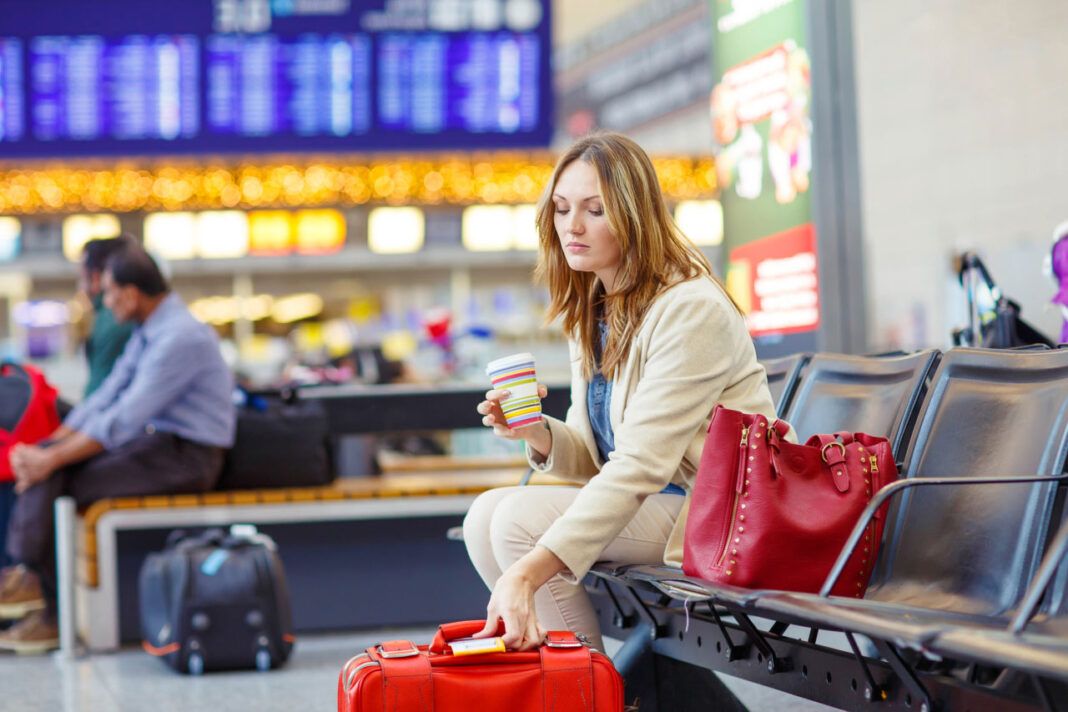A big trip is generally a cause for excitement and adventure; however, the jet lag following the trip can ebb that excitement. This is especially true when taking longer flights and crossing multiple time zones. Although jet lag is commonly linked to international travel, anyone traveling east to west or vice versa or crossing more than three time zones can also experience it. Fortunately, there are several tips for preventing it during long-haul flights.
Drink plenty of water
Avoiding jet lag on long international flights can be as simple as staying hydrated. When flights are longer, one should make sure to carry enough water. Most airport security check-ins limit liquids, so bring an empty water bottle and fill it before boarding and after check-in. Make sure to consume the entire bottle during the flight and occasionally even more. Staying hydrated helps one recover from jet lag much quicker because the air inside the airplane is dry. Besides, the food that is served naturally contains salt. Both factors can cause intense dehydration, leading to worse jet lag. So replenishing the body with enough water can be quite helpful. For best results, drink enough water before, during, and after landing.
Adapt to the new time zone
One should update their devices and gadgets according to the new time zone as soon as they arrive at their destination. Most devices and gadgets automatically update their clocks; however, if some watches or clocks have to be manually set up, a top tip to reduce jet lag quickly is to set these devices to the new time zone. Doing this right during departure or when the flight takes off is better. Then, on the flight, ensure one eats and sleeps according to the new time zone. Continue to do this right after landing at the destinations. This can help one quickly adapt to the new time zone and recover from jet lag.
Manage sleep time
A top sleeping tip for reducing jet lag is ensuring one is asleep according to the new time zone. Even when the flight is in the air at nighttime at the destination, try to get some sleep. One can use several accessories and techniques to ensure proper rest. These include using noise-canceling headphones, listening to white noise, wearing eye masks and earplugs, and bringing comfortable travel pillows and blankets. Also, a good sleeping tip to get over jet lag is to avoid napping during the daytime as soon as one arrives at the destination. This can make sleeping later quite difficult. However, a short nap of 15 to 20 minutes should not pose any problems.
Have meals with smaller portions
Jet lag often accompanies several other symptoms, most related to digestive issues. One might experience stomach acid reflux, bloating, and other problems, making it difficult to recover from jet lag quickly. The CDC recommends eating smaller meals to avoid stomach aches and other stomach problems, which can be symptoms of jet lag. So, when wondering how to manage jet lag on long-haul flights, avoid eating large meals. Have smaller portions of food that are easier to digest to help alleviate some of the jet lag problems.
Manage exposure to light
As the time zone changes while traveling, the exposure to light also changes, which can easily disrupt one’s internal clock, also known as the circadian rhythm. This is why one of the best strategies to avoid jet lag is to try to go outside to soak in some sunshine to help wake the body up. However, when traveling from west to east, it is best to avoid bright lights upon arrival until the body adjusts to waking up. For instance, if one typically wakes up at 6 AM at home and plans to travel east across several time zones, the local time at the destination may be around noon. To ease the transition, consider wearing sunglasses and avoid napping on your first day of arrival. After this initial adjustment, getting exposure to morning light will assist your body in recovering from jet lag and adapting to the new time zone more quickly.
Get cozy
Recovering from jet lag involves ensuring one’s sleeping arrangements are comfortable enough for rest. This is important not only upon arrival but also during the flight. Adjust the thermostat or air conditioner to ensure the room temperature at the travel destination is cool and comfortable. To avoid disruptions during sleep, turn off all clocks and phones in the room or set them to silent mode. If one is used to sleeping with white noise, consider traveling with a portable white noise machine. This can help one get better sleep in their new location. Additionally, bringing familiar items, such as a favorite blanket, can help one fall asleep more quickly.
